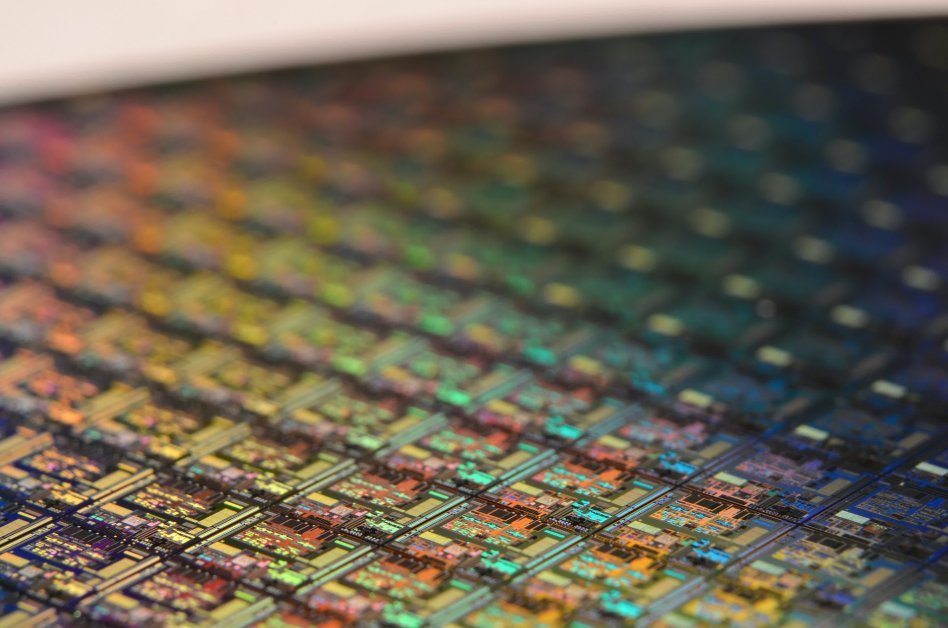South Korea’s Technological Evolution: Shifting Focus to Next-Generation Processors
South Korea has a longstanding reputation as a technological powerhouse, particularly in the realm of NAND flash memory chips. However, recent developments indicate a strategic shift towards advancing next-generation processors. This transition is motivated by a dual objective: to maintain competitiveness in the fast-paced tech industry and to capitalize on the promising prospects that come with cutting-edge processor development. With a governmental push for tech companies to diversify their focus to include processors, South Korea is poised to revolutionize the global tech market.
The Significance of South Korea’s Tech Industry
For over three decades, South Korean tech giants such as Samsung and SK Hynix have dominated the memory manufacturing sector. Nonetheless, the landscape has evolved, with increasing competition in the processor market, notably from Taiwan’s TSMC. To bolster Korea’s position in the chip industry, President Yoon Suk Yeol recently unveiled a substantial $19 billion investment program. Emphasizing processors as a key area of focus, the President acknowledged the intensifying global competition in semiconductor manufacturing, particularly for CPUs and GPUs.
Challenges and Opportunities in the Semiconductor Sector
The emergence of an “all-out nationwide warfare” for semiconductor dominance underscores the heightened importance of CPUs and GPUs, amplified by advancements in AI technology. This shift has been further accentuated by recent events, such as earthquakes in Taiwan where TSMC operates, raising concerns about supply chain vulnerabilities. While South Korea’s economic package differs from the US CHIPS Act in terms of direct subsidies, it offers tax incentives and support for infrastructure and research and development (R&D) efforts.
Inclusivity and Innovation in the Semiconductor Industry
Addressing concerns about the investment primarily benefiting large corporations, President Yoon assured that 70% of affected companies would be small or medium-sized enterprises. One notable initiative under the program is the establishment of a mini-fab to assist fabless companies in chip design and prototyping. Currently, Korea’s fabless market share stands at a modest one percent, underscoring the need to bridge the gap with industry leader TSMC.
Diverse Approaches to Semiconductor Industry Support
Finance Minister and Deputy Prime Minister Choi Sang-mok highlighted the nuanced approaches to supporting the chip industry, contrasting the reliance on direct subsidies in some countries with South Korea and Taiwan’s focus on leveraging existing strong infrastructure. This distinction is crucial in understanding the strategic investments made by different nations to bolster their semiconductor capabilities.
Industry Developments and Future Prospects
In related news, Samsung refuted claims of its HBM3 memory chips failing tests for Nvidia’s upcoming AI GPUs due to performance issues. While the veracity of the report remains unconfirmed by Nvidia, Samsung’s competitor, SK Hynix, plans to introduce HBME3 memory this year and advance to HBM4 by 2026. These developments underscore the ongoing advancements and competition within the semiconductor sector.
South Korea’s pivot towards next-generation processors signifies a significant evolution in its tech industry landscape. By fostering innovation, inclusivity, and strategic investments, the country is poised to make a lasting impact on the global tech market, challenging established players and driving technological progress forward.


